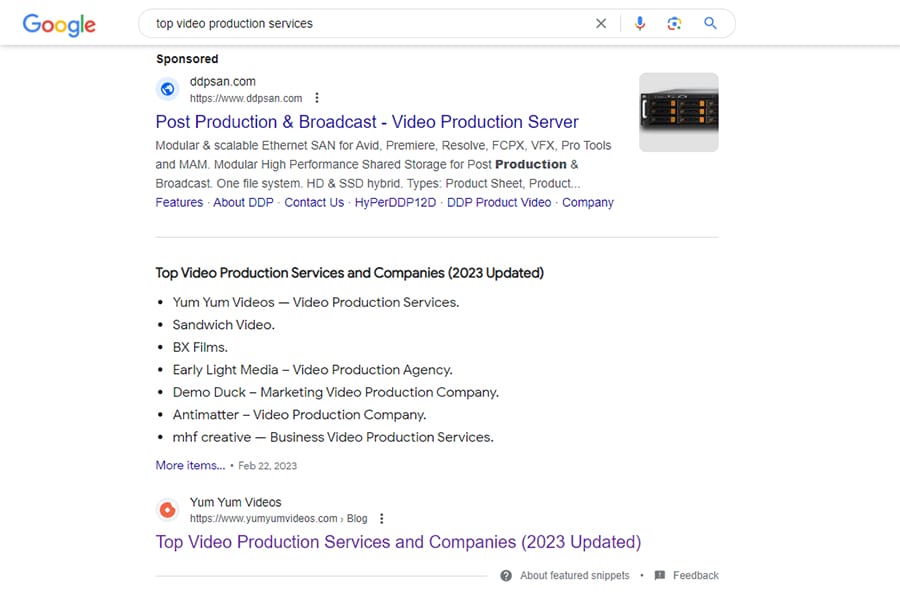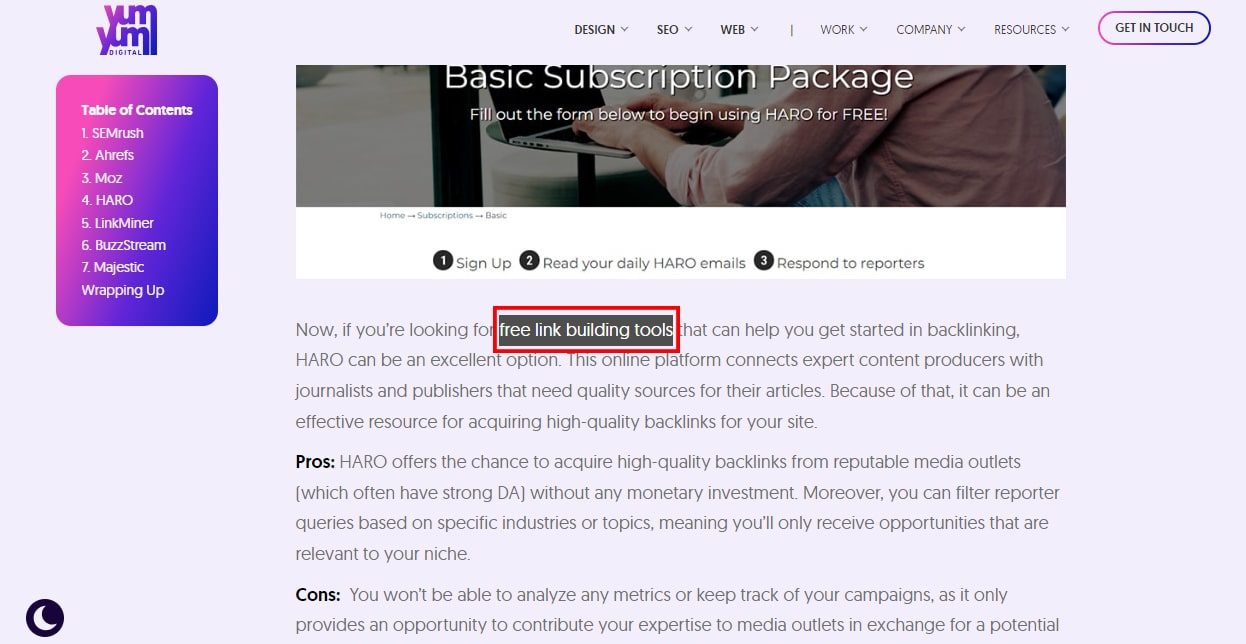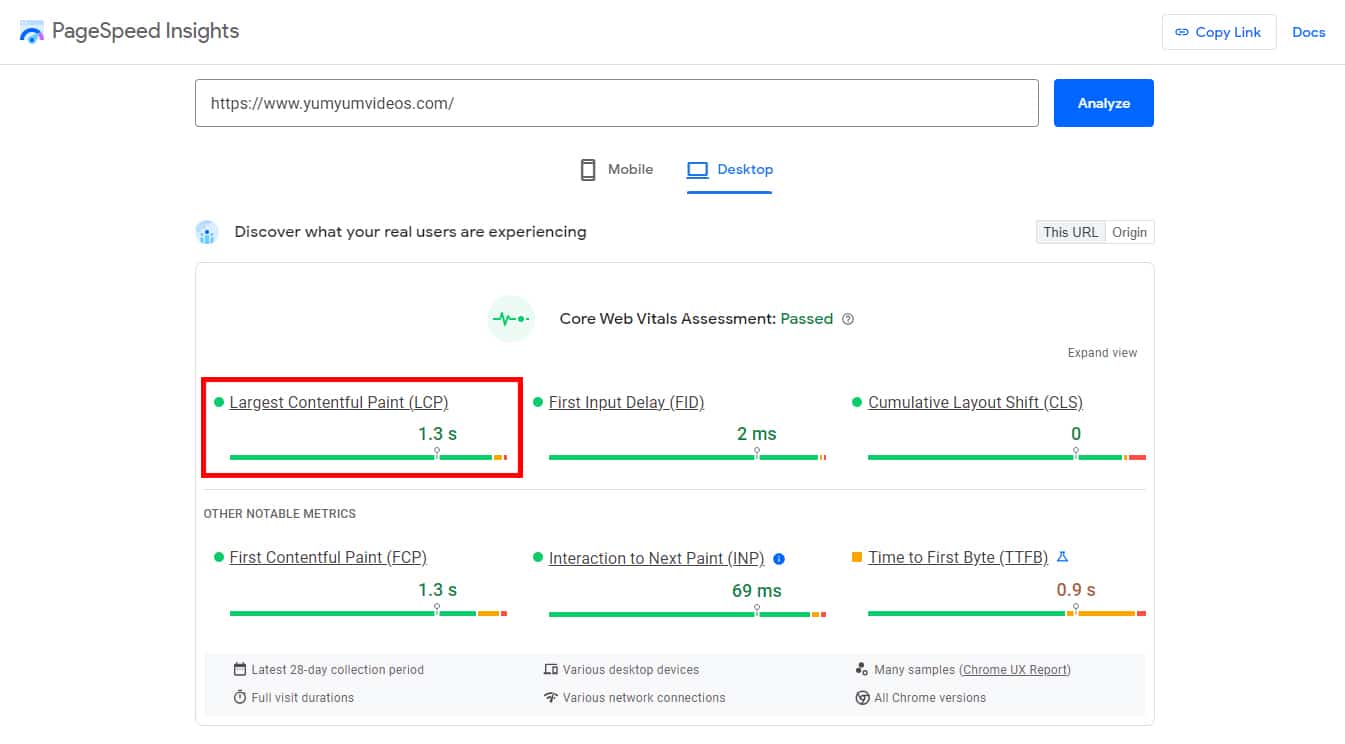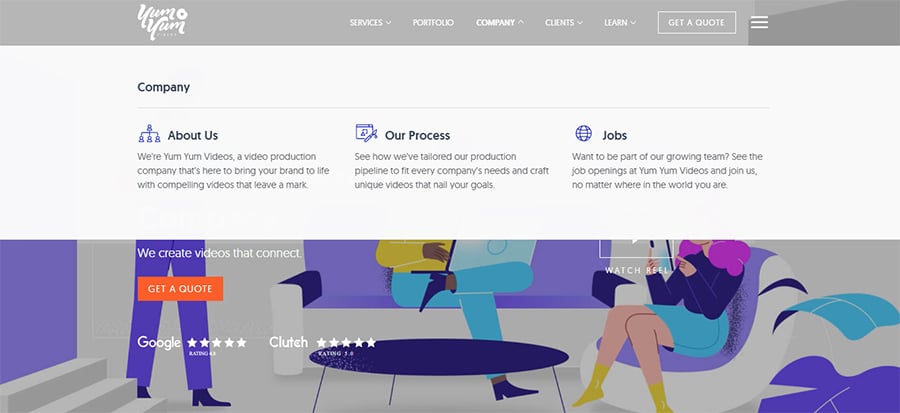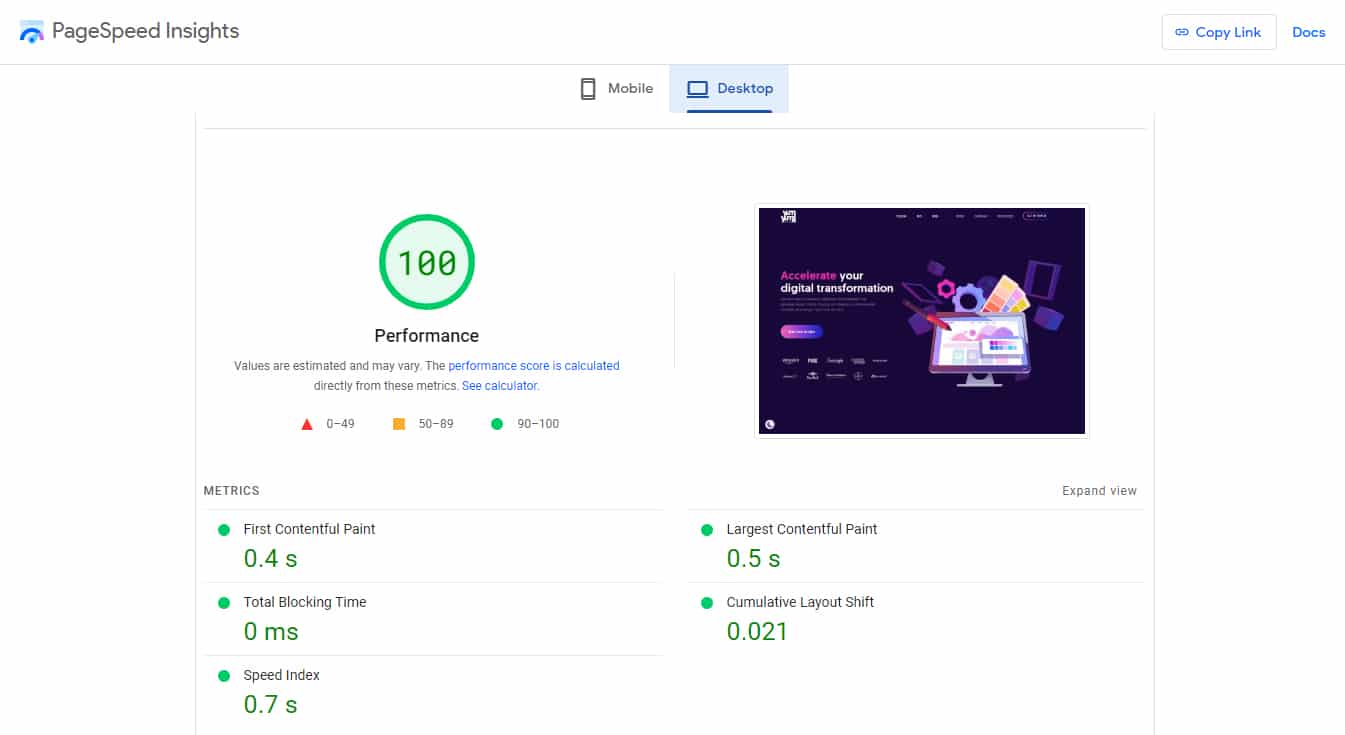Table of Contents
10 Tips to Learn How to Improve SEO Ranking Effectively
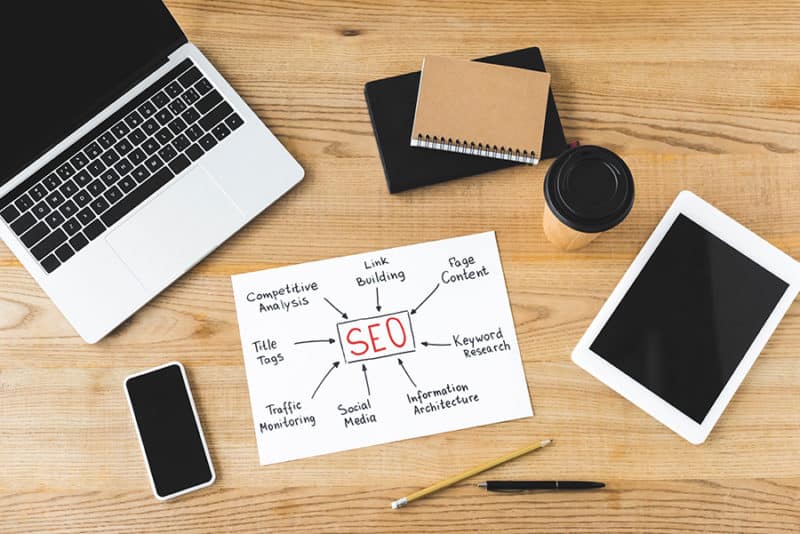
In today’s digital landscape, knowing how to improve SEO has become a crucial skill to drive organic traffic to your website. However, search engine optimization is a combination of tactics and strategies that are constantly evolving, so there isn’t a single, surefire way of reaching the top of the SERPS.
The good news is that you don’t need to be an expert to improve search engine ranking! However, I know taking your first SEO steps can be daunting, so I’ve decided to compile my best tips to help you boost your visibility, attract more visitors, and ultimately climb those ranks 😉.
Let’s get started!
How to Improve SEO Ranking
SEO and content marketing are closely linked. So much so, in fact, that a solid content marketing strategy can have a significant impact on your optimization efforts. It has many benefits, but the ones that stand out the most are increased user engagement, visibility, and organic traffic.
Now, let’s see how to improve search engine ranking by optimizing your content!
Table of Contents
1. Upload Quality Content
You’ve probably heard you should create quality content to improve SEO ranking a hundred times already, but what does “quality content” actually mean? Well, for starters, it means that anything you share with your target audience, be it a blog post or a landing page, should be informative, relevant, and engaging.
On top of that, it should match users’ search intent by offering value and providing what they’re looking for. When you create content that addresses specific topics or answers users’ questions thoroughly, it will be recognized as relevant by search engines, which automatically improves your chances of ranking higher in search results.
Pro Tip: Other helpful tactics to enhance your content marketing strategy, boost your content’s visibility, and improve user experience include incorporating targeted keywords naturally and adding visual elements such as images, videos, and infographics.
2. Optimize Your Content for Featured Snippets
Google’s Featured Snippets are something we can’t dismiss when learning how to improve SEO ranking. These snippets are very brief summaries that appear at the top of SERPs to prove clear and concise answers to a query. The featured information is usually structured using bullet points, tables, or step-by-step instructions.
There’s a tactic for improving SEO that’s called “snippet bait” that involves adding content to your page that’s specifically designed to land on the Featured Snippet box. With this, your chances of ranking first on the search results increase exponentially.
Pro Tips: To implement the “snippet bait” tactic, you first need to identify the type of snippet you should create. It can be either a definition snippet, a list snippet, or a table snippet.
3. Build Authoritative Backlinks
When you’re first learning how to improve SEO, you’ll probably come across link building as one of the top strategies you can implement. Then, when you read more about it, you might feel a bit overwhelmed by everything it involves. But don’t worry —it’s not as daunting as it may seem!
Backlinks are crucial in search engine optimization because Google considers them a major ranking factor. So, the more high-quality backlinks your website has, the higher you’ll rank. But the key here is to get high-quality links from reputable sources. Cramming your content with random, unrelated links will only get you penalized by search engines.
Pro tip: If this sounds like too much work at the moment, you can always enlist the help of a professional link building agency. These experts can do the heavy lifting for you and get you high-quality backlinks while saving you the headache of doing the research yourself.
4. Use Long-Tail Keywords
Picture this situation: you find a great keyword with a large search volume, and you think you can produce the perfect content for it, only to discover that the competition is incredibly high. Instead of wasting your efforts on using keywords everyone else in your niche is already competing for, you should go for long-tail keywords.
Long-tail keywords are longer, more specific and descriptive phrases that usually have a lower search volume, but higher intent and less competition. This means that they can help you attract targeted traffic and improve SEO at the same time. For example, instead of merely targeting the broad keyword “link building tools,” I also optimized my blog post for the long-tail keyword “free link building tools.”
Pro tip: To successfully leverage long-tail keywords, it’s crucial to understand user intent. As these keywords often indicate that users are seeking very specific information, you should tailor your content to match their intent and, thus, provide valuable answers.
5. Recycle Old Content
Constantly coming up with new ideas to create content from scratch can be extremely time-consuming and exhausting (I know a thing or two about it!). Luckily, there’s something you can do to complement your existing efforts: repurposing old content into different formats.
For example, if you already have a blog up and running, you can transform your most popular posts into videos or podcasts. If you optimize content elements such as titles, descriptions, and tags, you can reach new audiences, get backlinks, and increase your chances of ranking on other search engines such as YouTube.
Pro Tip: Remember that improving SEO is a constant process, as Google’s algorithm is always evolving. So, it’s a good idea to review your older pieces and update them with new information, statistics, examples, or insights to match current trends and increase their value to both users and search engines.
How to Improve Website SEO
Now, your journey of learning how to improve your SEO ranking doesn’t end with content, and your website as a whole can be optimized to boost your chances of ranking higher. Let me show you how:
6. Be Aware of Your Site’s Load Time
Disregarding their site’s loading time is one of the most common SEO mistakes people often make. In fact, page speed and user experience are crucial factors for determining search rankings on Google’s SERPs. Luckily, the search engine has developed a handy set of metrics called Core Web Vitals that can help you measure loading speeds as well as overall performance, making it an invaluable resource when learning how to improve SEO ranking.
One of said metrics is called “Largest Contentful Paint” (LCP), and it measures the time it takes for the largest content element on your page to become visible to visitors. To check your site’s LCP, you just have to visit PageSpeed Insights and enter your URL.
Pro Tip: Your LCP can be categorized into three possible results: “Good”, “Needs Improvement”, or “Poor”. A “Good” LCP, which you should always aim at, needs to occur within the first 2.5 seconds of the page starting to load.
7. Improve Dwell Time and Lower Bounce Rates
“Dwell time” measures how long users stay on a specific page after clicking on it from the search results. While this might not be an official ranking factor, it’s definitely an important ranking signal. Just think about it —if someone visits your website but leaves (or bounces) within seconds, it’s telling search engines that there’s nothing of value there that would make you worth ranking.
The most popular strategy to improve dwell time while reducing bounce rates is to provide engaging content and information that meets users’ expectations. Another idea is to also work on your website’s design and navigation to encourage people to explore further and stay longer.
Pro Tip: When looking for information on how to improve SEO, you’ll most likely come across advice such as “create compelling page titles and meta descriptions.” However, you should be careful not to accidentally fall into clickbaiting when doing so, as it can make your bounce rates go up. So, make sure every element accurately reflects the content on your page.
8. Work on Your Navigation Structure
Do you want to know more about how to improve website SEO? Nice, because I still have some good tips for you! 😏. As you probably already know, a well-structured and intuitive website is key to a positive user experience. But did you know it can also impact website crawlability?
An organized site that features descriptive labels for navigation menus and includes relevant keywords helps search engine bots understand your site’s structure and content. This translates into a more effective crawling and indexing of your pages.
Pro Tip: JavaScript and Flash can often hinder crawlability, so try to use HTML and CSS for your navigation menus. Also, always ensure consistent navigation across all pages of your website for a seamless user experience.
9. Mind Your Pictures
Image optimization is often ignored when trying to improve SEO. However, pictures can significantly impact your site’s loading speed, as well as enhance your blog posts and landing pages, and send people to your site via Google Images.
To get started, you should optimize your images by compressing the file without sacrificing quality, using descriptive filenames, and adding relevant alt text that can help scrawlers understand their content.
Pro Tip: Considering the recent rise of mobile usage, you should make sure that your site’s images are responsive and mobile-friendly. Responsiveness has to do with automatically adjusting a picture’s size and dimensions to adapt to the user’s device and screen size, which translates into a positive user experience and improved page load times.
10. Track and Analyze Your Performance
Learning how to improve SEO ranking doesn’t end after the implementation of certain strategies, as you have to monitor your performance to stay on top of any potential issues or changes in Google’s algorithms that could be affecting your rankings.
There are certain key metrics you should pay attention to in Google Analytics to gauge your strategies’ effectiveness. Some of these include organic traffic, user experience metrics such as bounce rates, and keyword rankings. By analyzing this data, you can identify areas for improvement and adjust your SEO strategy accordingly.
Pro Tip: Don’t despair if you notice your metrics are suddenly dropping! This might mean there’s been a change in content consumption trends of Google’s algorithm has been updated. Pinpoint the areas that can be improved upon and get down to work!
Wrapping Up
Improving SEO doesn’t have to be a daunting task, as there are many strategies and tactics you can easily implement yourself, even if you’re a beginner. I hope the tips I’ve shared today have helped you discover new aspects of your website that you can work on to start climbing the ranks.
Before I let you go, remember that search engine optimization is a never-ending process that requires constant monitoring and work. But it gets easier once you get used to it and start seeing the results of your efforts, so I wish you the best of luck!
